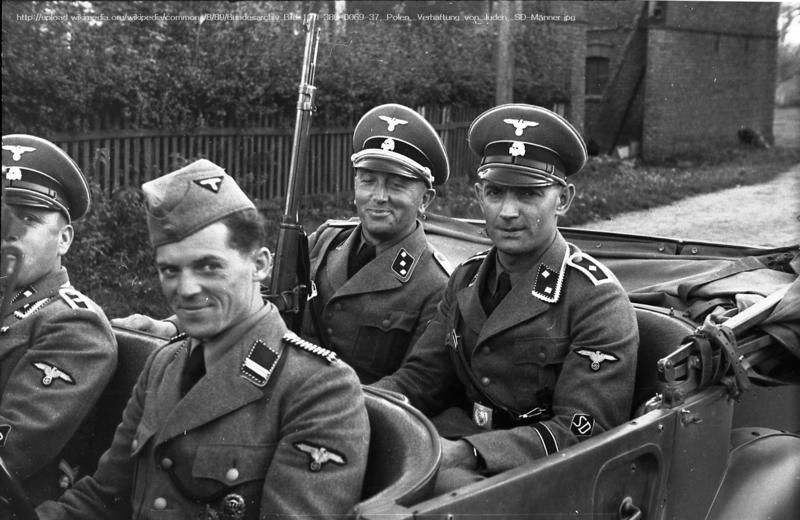남경대학살(난징대학살) (1937-1938)
- 한국어
- English
제 2차 세계대전에서 나치는 수천 명의 비(非)유대계 유럽인들을 무차별적으로 학살했습니다. 일본 또한 마찬가지로 한국인(조선인)들에만 한하여 학살하지 않았습니다.
일본의 중국 침략 도중 30만 명이 넘는 민간인을 살해한 남경대학살은 20세기 일본이 저지른 최악의 사건 중 하나로 여겨집니다. 남경대학살은 1937년 12월부터 1938년 1월까지 6주간 자행되었습니다. 일본군은 중국을 위협하기 위해 통보 없이 남경을 침략했으며 그 즉시 민간인에 대한 잔인한 행보를 보이기 시작했습니다. 일본군들은 영유아를 공중으로 던지고 창으로 찔러 그들을 땅에 떨어뜨려 죽였으며, 이는 많은 군인들로부터 “스포츠”로 여겨졌고 이 행위를 즐기는 이들 또한 있었습니다. 8만여 명의 전 연령대의 중국 여성들이 강간당했고, 일본군들은 가족들을 죽이기 전에 근친상간을 강요하기도 했습니다. 남경대학살 당시 일본의 잔혹한 행위는 상상을 초월했습니다.

남경대학살의 주요 인물들은 제 2차 세계대전이 끝난 후 처형되었지만 중국 정부를 향한 추가적인 보상이나 사과는 없었습니다. 중국은 꾸준히 일본 정부에 공식적인 사과를 요구했지만, 일본은 아직까지 과거를 인정하지 않고 있으며, NHK와 같은 국영 TV 네트워크에서는 남경대학살을 부인하기까지 했습니다.
참고 자료
Choo, J. (2014, February 6). ‘Nanjing Dae hak sal Bu jeong ha neun Il bon’ …. Joong guk Jeon Bang Oui Dae Eung [‘Japan denying the Rape of Nanking’ …. China takes action]. The Asia Today. Retrieved from http://www.asiatoday.co.kr/view.php?key=935451
Furtado, P. (2012). 1001 Days That Shaped the World. New York, NY: Barrons Educational Series.
Jung, J. (1999). It chu jin Holocaust [Forgotten Holocaust]. [Review of the book The Rape of Nanking, by I. Chang]. Saenggak –eh Namu [Tree of Thinking]. Retrieved from http://www.dbpia.co.kr/Article/402915
Nam, J. (2012). Joong guk sa Digest 100 [The Chinese History Digest 100]. Seoul: Garam.










